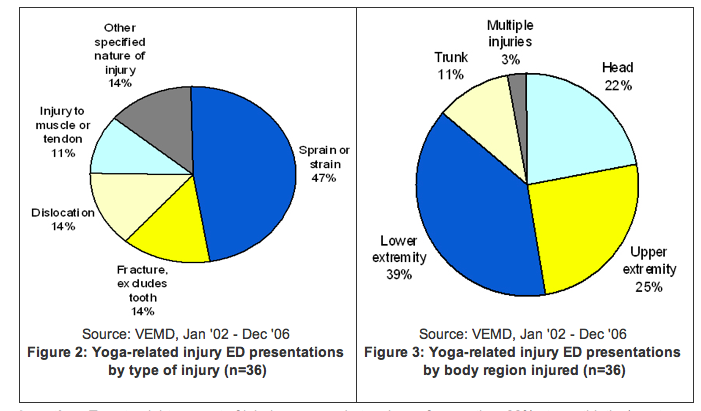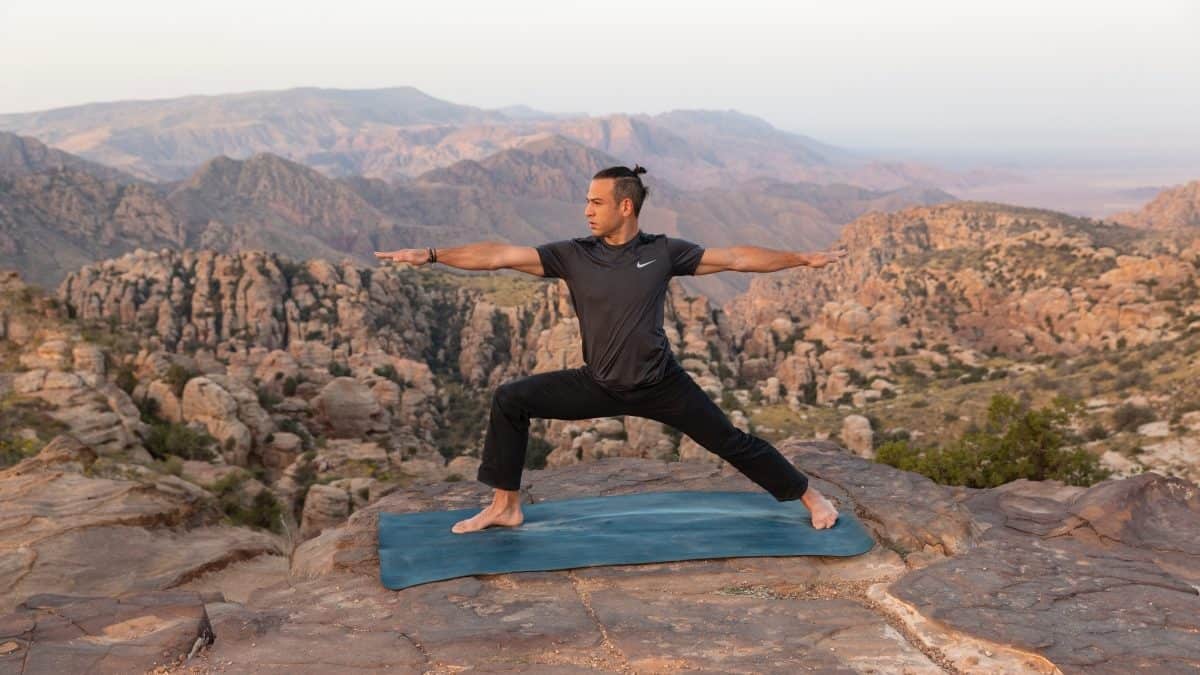
Drishti is a technique that helps one focus by using focused gaze. It refers to the fifth limb, pratyahara (or sense withdrawal), of yoga. It also refers to the sixth limb of yoga, dharana. It involves focusing one's gaze on one's inner world.
Focused gaze
Concentrating your gaze on a single point in your mind can have multiple benefits. A focussed gaze can help people become more calm and equanimous. Focused gaze can also reduce distractions. This can lead to more work and greater achievement of goals.
You can achieve this by practicing drishti which is focusing your gaze on a single point. This can keep the mind clear of distractions. It can also help people develop their ekagraha and dharana states.
Focal point
Drishti refers to the direction or focus of the mind during yoga practice. Drishti aids in achieving higher levels of consciousness as well as concentration. Drishti can improve concentration and bring the practitioner into a state of meditative serenity when done correctly. Although it is often overlooked by yoga practitioners, Drishti has many benefits.

Drishti helps to maintain balance when practicing yoga. The focus of the drishti helps to prevent imbalance and keep the practitioner from falling off balance. The most common drishti poses are the four-limbed plank or upward-facing dog pose.
Direction of gaze
The direction of gaze is crucial to the development of drishti. This helps you to concentrate your mind and reduce distractions. By keeping your gaze fixed on one point, you will be able to focus on the internal essence of a pose and keep it steady. Daily practice of drishti will improve concentration, dharana and ekagraha.
Drishti is an integral component of yoga practice. The direction of your gaze directly relates to your attention. The practice will have a point the practitioner must focus on, whether in space or in posture. Therefore, drishti practice will bring about a deeper, more relaxed state in the mind and body.
Benefits
Drishti software helps manufacturers reduce their errors. It uses computer vision and analytics to monitor process variance and improve quality. It allows manufacturers to reduce the costs of escaped defects, regulatory fines, recalls, and time-consuming tasks like rework. It is mostly used for manual assembly lines.
Drishti benefits include a more stable and focused gaze. This is important for yoga because it helps with balance and stability during poses. It keeps your mind and body from becoming distracted by external stimuli. It also helps develop single-pointed focus.

Different ways to create drishti
Drishti can be described as the living principle that helps you focus your attention and direct energy towards what is most important to your heart. When developed, drishti becomes a guiding code for soulful living. It directs you toward your inward focus and supports alignment between your values and your actions.
Drishti's unique architecture combines 3D convolution models with other techniques to help it recognize actions. It can also work with videos. This allows it to understand the context and help people understand their actions. This powerful tool is easy to use. The software combines many learning modules and training materials to simplify hours of learning into an easily-understandable format. You can also track your progress and make adjustments.
FAQ
What are the steps to get started with yoga?
To lie down, you will need a mat (some can be folded), loose clothing and a towel/blanket to place underneath your head.
In addition, you may also need some props such as blocks, straps, bolsters, blankets, or towels for certain poses.
In general, however, you shouldn't need anything else. You must have a desire for positive change in your life and be willing to dedicate yourself to yoga.
Who would be most benefit from yoga?
Yoga's target market is anyone who wants to have a better quality life through improved health and fitness. People who wish to improve balance, flexibility, posture, and overall health.
They may also wish to lose weight or increase muscle mass. They might be interested in reducing stress, anxiety, or achieving peace of thought.
Some disabilities are: arthritis, back issues, diabetes heart disease, high bloodpressure, insomnia, migraines and obesity. These individuals are particularly benefited by yoga.
How will my clothes fit after I practice Yoga?
Most likely, yes. Most yoga pants have elastic waists that stretch when worn. You should find them comfortable enough to wear during exercise without feeling restrictive.
Unfortunately, yoga pants might not fit you well if weight loss has occurred recently. If this is the case, consider wearing shorts or leggings instead.
Statistics
- According to calorie estimates calculated at Harvard Medical School, the average 125-pound person burns about 120 calories in a half hour of hatha yoga, and a 185-pound person burns about 178 calories in that half hour. (everydayhealth.com)
- A 2020 review of 27 studies (1,805 total participants) of yoga interventions in children or adolescents found reductions in anxiety or depression in 70 percent of the studies, with more promising results for anxiety. (nccih.nih.gov)
- Start your Fall off right with 20% off All Access Membership when you sign up by 9/25! (corepoweryoga.com)
- In comparison, a 125-pound person is estimated to burn 135 calories in 30 minutes of walking (at a pace of 15-minute miles) and 210 calories bicycling at a moderate pace on a stationary bike. (everydayhealth.com)
- Gentle yoga has been shown to ease some of the discomforts of tender, swollen joints for people with arthritis, according to a Johns Hopkins review of 11 recent studies. (hopkinsmedicine.org)
External Links
How To
Yoga can help menopause symptoms
Yoga is an ancient tradition that originated from India. It emphasizes stretching, breathing, and meditation. It has been practiced for thousands of years as a way to stay fit. It has gained popularity as people search for alternatives to staying healthy and active in stressful situations.
Yoga is based on the use of physical postures (asanas), that stretch muscles, improve posture, and increase flexibility. This can help relieve tension, increase strength, and endurance.
There are several types of yoga. Each type is focused on different aspects of the human body, such relaxation, breath, stretching, or breathing.
All forms and types of yoga seek to attain balance within the body, mind and spirit. Yoga can improve your fitness, sleep quality, weight loss and energy levels as well as reduce stress levels.
Yoga may be beneficial in the treatment of anxiety, depression, insomnia, and other conditions. However, there is little conclusive evidence of its effectiveness for other health issues such as menopausal symptoms.
As well as helping you feel healthier and happier, yoga teaches you how to relax and manage stressful situations - skills that could be helpful when dealing with menopause.
It is important that you know that yoga can cause soreness in the muscles after exercising. If you have concerns about your current condition or are unsure whether you would benefit from yoga, speak to your doctor before starting.